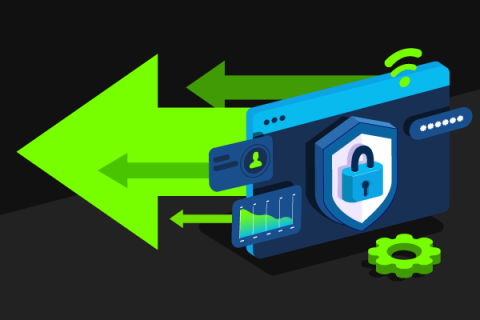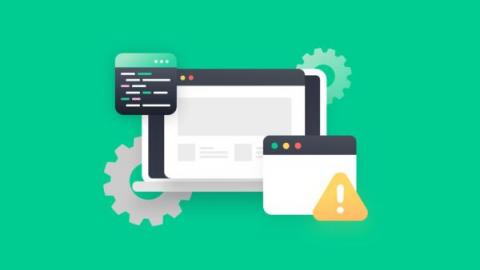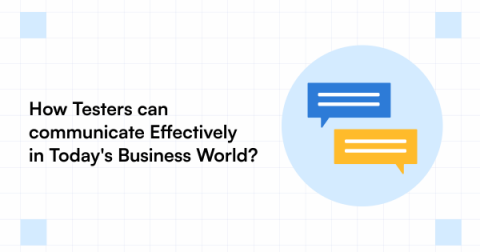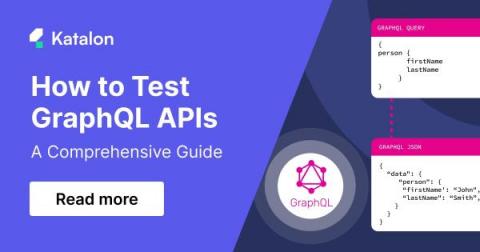Systems | Development | Analytics | API | Testing
Testing
The latest News and Information on Software Testing and related technologies.
April 2023 Product Updates & News
Your monthly debrief is here! Debug faster with error and crash reporting on real devices, test drive the latest features, and join us for an exciting game developer Meetup in San Francisco.
What Is Shift-Left Security?
Why Automation Testing is Essential for Effective Quality Assurance
Automation testing has been gaining popularity as a reliable, scalable, and cost-effective alternative to manual testing – and rightfully so. With the right testing tools, QA teams can scale their testing processes quickly. In this article, we’ll talk more about how it works and how to get started with a tool like Ghost Inspector.
Test Harness in Software Testing | Usage, Examples, and Benefits
An application undergoes testing way more than it goes through the development and modification phases. First, developers perform Unit testing. Then after production is complete, QA verifies multiple aspects, including Performance, Functionality, Integration, Regression, UI, and more.
How Testers can communicate Effectively in Today's Business World
Hello and welcome to another interesting blog. Are you curious about what we have lined up for today? Before I begin, I’d like you to consider the term “Communication Gap,” which is commonly used in our projects. This is a well-known phrase, and we typically believe that good communication is a skill that must be learned for years as if it is an alien language.
Functional Testing Vs Integration Testing - Key Differences
When a software is in the testing phase, different types of testing techniques and methodologies are followed on different layers. Two such types of testing are functional testing and integration testing. Both play a significant role in ensuring the quality of the product and delivering a top-notch product. In this article, we will discuss functional and integration testing – when to perform them, the benefits of executing these tests, and then the key differences between them.
DevOps for Agile Teams: Should Agile teams adopt DevOps?
Companies that can respond quickly to customer needs have an advantage as the digital landscape rapidly changes. Agile emerged as more relevant for an effective business model in the rapidly evolving technology ecosystem than waterfall, which was proven to be cumbersome and slow. Companies adopted agile transformations across all organizational functions as soon as they realized the value of being agile.
6 Best Practices of Automation Testing for Oracle Fusion Financials
Oracle Fusion Financials is a comprehensive suite of cloud-based applications that offers enterprises advanced financial management solutions. The suite contains several modules, including general ledger, accounts payable, accounts receivable, fixed assets, cash management, expenses, revenue management, and more. One of the primary benefits of Oracle Fusion Financials is that it provides regular quarterly updates with new features and enhancements that improve functionality and performance.
What is GraphQL Testing? How To Test GraphQL APIs?
Adopting GraphQL and implementing GraphQL testing have become critical in the API-first landscape. The skyrocketing demand for modern software has put the importance of maintainable, functional, and scalable code on top. To enable independent evolution and decouple the front end from the backend, manual and automated API testing needs to take place for SOAP and REST architecture styles.











